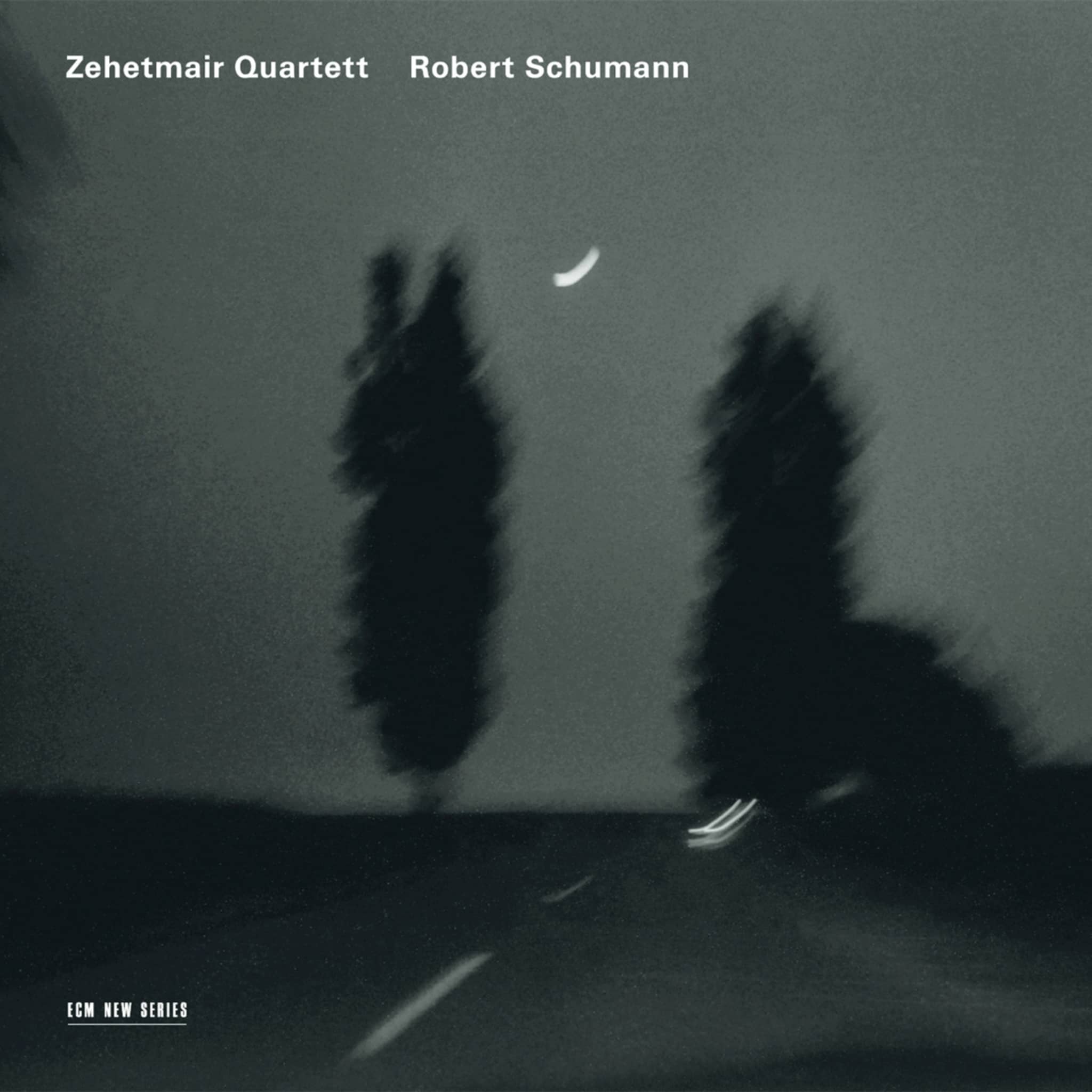Album insights
Ignacy Jan Paderewski, a celebrated pianist and accomplished composer, became Poland's first Prime Minister in 1919 due to his patriotic beliefs. He unveiled a monument in Krakow in 1910 to commemorate a significant military victory of Poland against the Teutonic Order. During World War I, he raised funds for Poland worldwide and established a support fund for Polish war victims in Britain. Paderewski's musical accomplishments, particularly his symphony, were preceded by his involvement in non-musical activities. His Symphony Polonia, composed between 1903 and 1908, subtly references the Polish national anthem. Paderewski's musical influences and compositions were aligned with the trends of Mendelssohn, Liszt, and Tchaikovsky.
Paderewski's symphony departed from traditional Polish music genres, favoring a more expansive style akin to Liszt. The first movement, reminiscent of Rachmaninoff and Sibelius, transitions from a serene opening to a vigorous Allegro vivace. Despite moments of martial intensity, the music ultimately returns to its melancholic core. The second movement, Andante con moto, exhibits a gloomy yet lyrical tone and showcases Paderewski's adeptness with complex time signatures. Influenced by Polish folk traditions like the Mazurka and Krakowiak, the symphony's finale subtly references the Polish national anthem, Jeszcze Polska nie zginela.
The symphony's final movement is marked by fragments of the main theme gradually coalescing, culminating in an optimistic and spirited resolution that subtly incorporates the Polish national anthem. Elements of struggle and peace intertwine, symbolizing hope amidst ongoing national adversity. The composition skillfully navigates themes of strength and resilience, offering a blend of national pride and poignant reflection.





